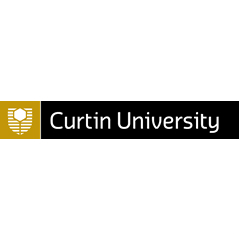Full description
Dataset 1: A global assessment of determinants of native bee assemblages in urbanised landscapes: literature review (A global assessment of determinants of native bee assemblages in urbanised landscapes_lit review.xlsx) (Updated to this version in May 2021)
Dataset 2: Responses of bee abundance (positive, negative or non-significant) in relation to various local & landscape potential explanatory variables according to guild & taxonomic categories. (Bee guild & taxon responses to environmental variables in urban areas- abundance.xlsx)
Dataset 3: Responses of bee species richness (positive, negative or non-significant) in relation to various local & landscape potential explanatory variables according to guild & taxonomic categories. (Bee guild & taxon responses to environmental variables in urban areas- spp richness.xlsx)
Dataset 1: Kit Prendergast conducted a systematic review of published literature on bees in urban areas. From August 2016 to Dec 2019 searches were performed in Google Scholar using terms: “bees, pollinators, insects, arthropods, urbanisation, cities, urban, land-use change, native bees, wild bees, suburban, metropolis” or combinations thereof. Cited literature was accessed and incorporated where appropriate. Landscape and habitat types were assigned according to categories provided by text authors. For single-species publications we excluded those on honeybees, as honeybee numbers are largely impacted by husbandry factors. (Updated to this version in May 2021)
Dataset 2: Assessments of how bee abundance responded to environmental variables in urban areas were made based on a review of the literature (see Dataset 1).
Dataset 3: Assessments of how bee species richness responded to environmental variables in urban areas were made based on a review of the literature (see Dataset 1). This complete dataset contains 3 spreadsheets and requires Microsoft Excel.
User Contributed Tags
Login to tag this record with meaningful keywords to make it easier to discover
- DOI : 10.25917/0QND-J961



